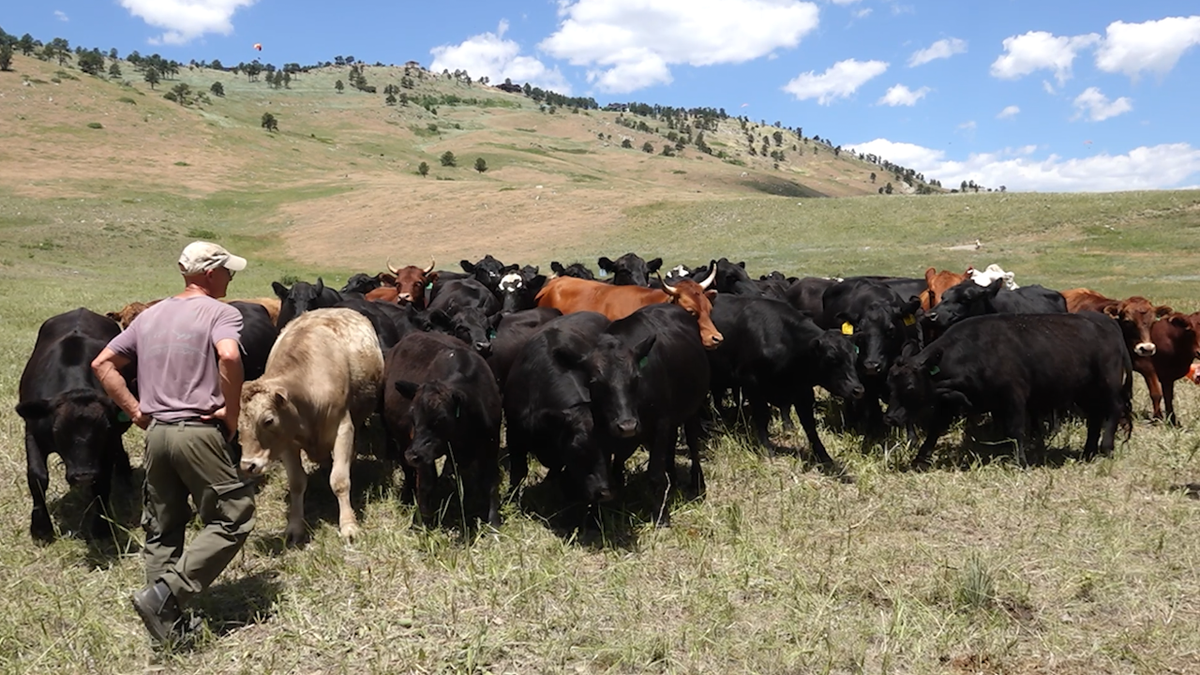NEWYou can now listen to Fox News articles!
BOULDER, Colo. – As part of a growing effort to reduce the risk of wildfires in Colorado, cattle are being deployed to eat dry grass that often fuels fast-moving flames.
City officials in Boulder County have partnered with local ranchers to bring herds into at-risk neighborhoods, including areas near Wonderland Lake Park, where 70 cattle grazed 35 acres of land.
Paul Dennison, who is with Boulder Open Space and Mountain Parks, told Fox News that cattle grazing began in early June, which brought the grass height down from the three to four feet expected if left unmanaged.
HISTORIC GRAND CANYON LODGE DESTROYED BY WILDFIRE; NORTH RIM CLOSED FOR 2025 SEASON

The Colorado region’s mountainous terrain, dry climate, and frequent winds make it especially vulnerable to wildfire. Dennison explained that using cattle to keep vegetation low can slow potential fire spread and give firefighters more time to respond.
“As the cattle trample as they graze, they break up some of that thatch, so we are looking at reduction of fuel height in the grasses, and we are also looking for some decomposition and degradation of the thatch that lies underneath the living grass,” Dennison added.
HORRIFIED TOURISTS WATCH AS BISON BOILS TO DEATH IN YELLOWSTONE HOT SPRING
Local ranchers bring the herd in by trailer and rotate them through five-acre sections over two-week periods, Dennison said.
U.S. Forest Service Deputy Chief John Crockett said most people think cattle are the primary grazer, but the agency uses cattle, sheep, goat and “basically anything that uses the grasses and fine fuels as a food source.”
COLORADO USES CATTLE GRAZING TO REDUCE WILDFIRE RISK IN BOULDER COUNTY
Boulder Fire Rescue’s public information officer, Jamie Barker, said grazing cattle are great for their fire department in both the warmer months and the fall.
This year’s heavy rainfall has created even more vegetation, which is good for now, but a future concern as it dries out, Barker explained.
“I think a lot of people are really excited, because their green is getting greener and growing taller,” said Barker. “But at the end of the day, that green that’s getting greener and growing taller is also going to dry out; and that’s going to pose a risk to some capacity for wildfires.”
The U.S. Department of Agriculture says similar grazing programs are becoming more common across the West, with states like Idaho and Nevada also using livestock to help manage wildfire risk.
Boulder officials said the plan is to move the herd to another at-risk area later this fall.
Read the full article here
